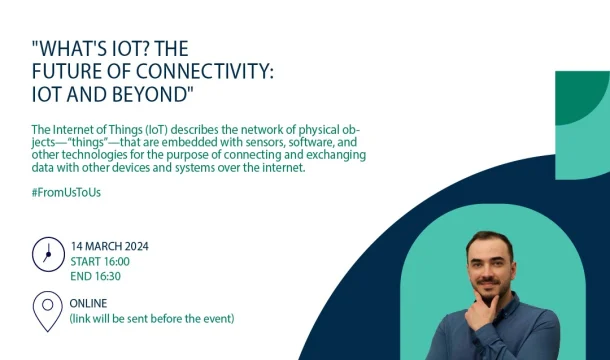What are Message Brokers?
A message broker is much like a digital postman. Acting as an intermediary, it helps to ensure that messages sent from one application to another reach their destination safely. Message brokers offer a range of services including message storage, protocol translation, and more. They are the backbone of a well-architected, decoupled system, and they enable applications to send and receive messages without needing to be interconnected.
Key Functions and Messaging Models
The core utility of a message broker is its ability to facilitate message exchange through two fundamental styles: point-to-point messaging and Publish/Subscribe (PubSub) messaging.
In point-to-point messaging, a message from one sender is consumed by one receiver. This is the digital equivalent of a private one-on-one conversation.
On the other hand, PubSub messaging allows a message to be broadcast from one sender to multiple receivers. This is useful in scenarios like stock trading, where multiple entities might be interested in a change in stock prices.
Storage and Handling Network Challenges
Message brokers shine in scenarios where uptime cannot be guaranteed for all components. For instance, if one application goes down for maintenance, the broker’s storage capabilities can store the messages until the application is back up and ready to process them.
Slow network speeds can also hamper communication. Here again, the broker’s storage functions as a buffer, holding onto messages until they can be forwarded. This ensures that no data is lost, adding a layer of fault tolerance to the communication process.
Protocol Translation and Firewall Navigation
One of the biggest challenges in modern development is the myriad of communication protocols like AMQB, MQTT, and HTTP. Message brokers can serve as translators between these protocols, enabling seamless communication between disparate systems. Moreover, brokers can be configured to navigate through firewalls by utilizing recognizable domain names or IPs.
The Underlying Mechanisms
At the heart of any message broker is the concept of a message queue, which operates on a First In, First Out (FIFO) basis. Within a single broker, you can have multiple queues, each with its unique identifier or name, facilitating more organized communication.
In a more complex setup, multiple consumers can pull from a single queue. These are called ‘competing consumers’ and they pull the next available message for processing. In the PubSub model, topics and subscriptions enable the distribution of copies of messages to multiple consumers.
Reliability and Handling Failures
A robust system of acknowledgements is implemented to make sure that message processing is as reliable as possible. When a consumer application finishes processing a message, it sends an acknowledgement back to the broker, which then removes that message from the queue.
However, not all messages are good citizens. Some messages, known as ‘Poison Messages,’ can cause an application to crash if they cannot be processed correctly. Such messages can be moved to a Dead Letter Queue to be examined later, ensuring they don’t impede other messages.
Popular Choices and Use Cases
Apache Kafka, RabbitMQ, and Azure Event Hub are among the most popular message brokers in use today. They are versatile and find applications in a variety of sectors. In financial transactions, they ensure payments are processed reliably. E-commerce platforms employ message brokers to handle everything from order placement to shipping notifications, streamlining the customer experience.
Conclusion
Understanding the functionalities and intricacies of message brokers is crucial for anyone working in the domain of software architecture today. By solving essential challenges like message storage, protocol translation, and fault tolerance, message brokers stand as the linchpins of modern digital communication. As we journey deeper into the digital age, these tools will only grow in importance, making now the perfect time to master the message.




